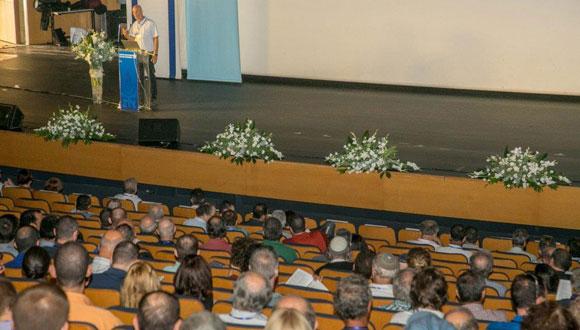Physics Colloquium: Core-Collapse Supernova Models: Explosion Theory and Applications
Hans-Thomas Janka, Max Planck Institute for Astrophysics
Abstract:
Supernova explosions terminate the lives of massive stars, produce and disseminate a major fraction of the heavy elements, play an important role as neutrino and particle laboratory, and give birth to neutron stars and stellar-mass black holes, which have recently become sources of measured gravitational waves. After more than 50 years of progressively improved computational modeling, first-principle three-dimensional hydrodynamical simulations with detailed neutrino physics have now achieved to demonstrate the viability of the neutrino-driven mechanism. The consequences of this mechanism have already been tested against observations, leading to new insights but also spotlighting gaps in our understanding where more work is needed. Moreover, due to the progress in the numerical models, also new avenues have opened up to use supernovae for constraining non-standard particle scenarios.
Event Organizer: Dr. Michael Geller


